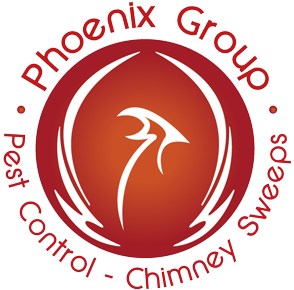Frequently Asked Questions
We want to be as helpful as we can be and we understand that you may have some questions or require some information about chimney safety. We are compiling a list of frequently asked questions that we hope you find useful.
Bird Entry – Birds entering into the chimney can cause a nuisance for more than one reason. Birds that make their way all the way down the flue and into your room, cause a lot of mess by spreading soot all around the room, knocking ornaments over and messing on your furniture.
The most common problem with bird entry is nesting within the flue. A blockage or partial blockage by a nest can result in a chimney fire, and reduce the draw on the chimney, therefore preventing the chimney from removing harmful gases from the room, such as carbon monoxide.
Rain entry – Rain entry into an unlined flue causes damage to the flue render/lining, as the water soaks into the render which freezes and thaws in the winter, weakening the render. Over time this can result in costly repair bills and even a need to re-line the chimney. Water entering an active chimney can also create staining on internal walls, where the water mixes with the soot and tar in the chimney, and seeps through the chimney wall.
Rain entry into a disused chimney, or a chimney not used on a regular basis can cause damp problems in the rooms below. This is more likely to occur in disused chimneys where the fireplace has been blocked up.
H Cowl – These cowls are for reducing down draught, some of them come with a bird mesh attached, most don’t.
Pepper Pot insert or elephant foot – These cowls are called flue ventilators, and are only to be used on disused chimneys to keep out rain water whilst allowing then chimney to ventilate.
Gas Terminal – These cowls are only to be used on Gas or Oil fires, Not suitable for solid fuel fires/stoves.
Louvier Pot – These pots can be used on all fuel types, as long as they provide a sufficient surface area for the fire type. The Louver is mainly decorative as well as providing some protection to down draught. These do not protect against rain and bird entry. It is possible to fit cowls on top of the louvier.
• Make sure that there is nothing blocking or partially blocking the flue (e.g. birds nests, wasps nest, loos lining material coming a away and blocking the flue).
• Carry out a smoke draw test, to make sure that the chimney is removing all of the harmful gasses from the fire.
• Check the condition of the chimney lining, and advise if safe for use.
• To check if the flue is tarry and a potential fire risk.
• Active chimney should be swept at least once a year for the reasons stated above.
• Fires burning traditional bitumen based house coal should be swept once a year for moderate use and twice a year for heavy use.
• Fires burning wood should be swept every 3 months when in use.
• Fires burning smokeless fuels need to be swept once a year.
• Gas & Oil fires should be swept once a year.
• Although burning gas does not deposit as much soot as burning solid fuel, the draw can still be affected by blockages such as: cobwebs, nesting materials, loos lining materials… Poor draw can lead to carbon monoxide poisoning which can be fatal.

